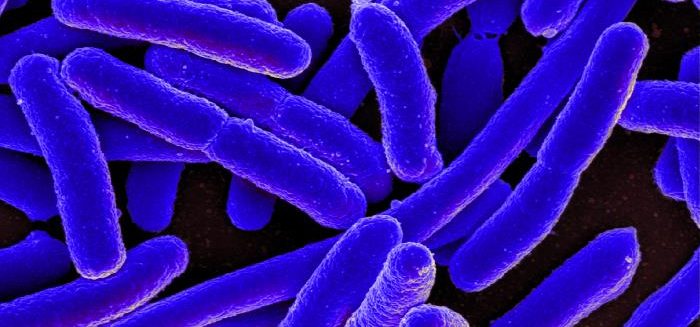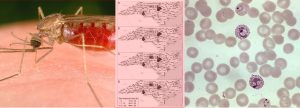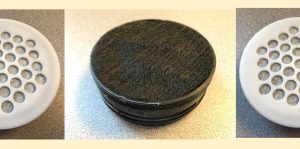Humphrey C, Lyons N*, Bond R, Bean E, O’Driscoll M and White A (2023). Assessment and Mitigation of Fecal Bacteria Exports from a Coastal North Carolina Watershed. Hydrology 10(7): 156. doi:10.3390/hydrology10070156
Abstract
Urban runoff from the Boat House Creek watershed was suspected as a main delivery mechanism for fecal indicator bacteria (FIB) to the lower White Oak River Estuary in coastal North Carolina, but the dominant source of waste (animal or human) was unknown. Water samples from eight locations within the watershed were collected approximately monthly for two years for enumeration of Escherichia coli (E. coli), enterococci, physicochemical characterization, and microbial source tracking analyses. Concentrations and loadings of E. coli and enterococci were typically elevated during stormflow relative to baseflow conditions, and most samples (66% of enterococci and 75% of E. coli) exceeded the US EPA statistical threshold values. Concentrations of FIB were significantly higher during warm relative to colder months. Human sources of FIB were not observed in the samples, and FIB concentrations increased in locations with wider buffers, thus wildlife was the suspected main FIB source. Stormwater control measures including a rain garden, water control structures, swale modifications, and check dams were implemented to reduce runoff and FIB loadings to the estuary. Stormflow reductions of >5700 m3 year−1 are estimated from the installation of the practices. More work will be needed to improve/maintain water quality as watershed development continues.
*Nicole Lyons is an alumna of the ECU MS Environmental Health program.




